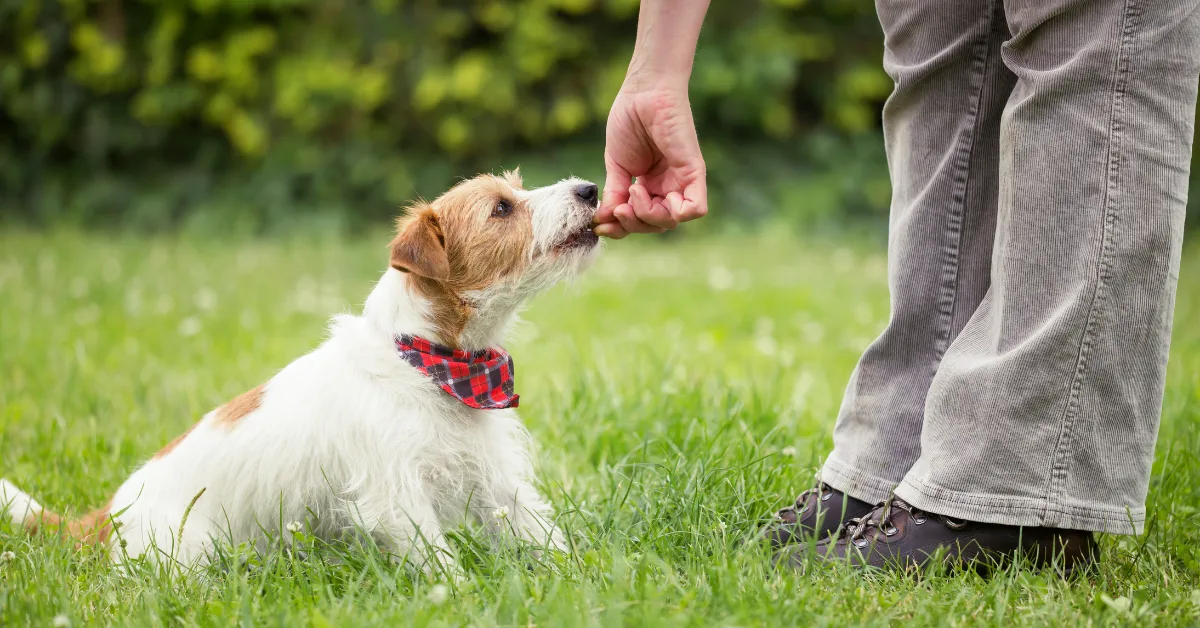When it comes to starting puppy school, the first lesson is learning the best time to train your dog. Puppy training is not only teaching them simple actions, but also conditioning them to control their emotions or respond to controlled environments.
Puppy school might be an excellent path to answer your dogs’ training needs, but starting them young at home is also a good way to go.

Early Stages of Training Your Dog
The first few weeks of adopting and training your dog are fun and exciting, but these also require a lot of adjustments on the pet owner. But worry not, this article will help you with what you need to know.
Understanding Pet behaviours
While your dog is gradually learning how to navigate a new environment, you will also catch a glimpse of their needs, behaviours, and preferences. To have a harmonious relationship, you should pay more attention to these.
Monitor your pet’s body language, and pay attention when they are barking and trying to communicate. You would also want to look when they are chewing, whining, and jumping, as these will come in handy when training your dog.
Best Time to Train Your Dog
Training your dog at a young age will benefit both of you in the long run. They’ll get used to being disciplined, while you will also have an easier time taking their training up a notch.
1. At 8 weeks
This crucial time is when a puppy’s behaviour, memory, and perceptions are shaped. Their activities should be predictable to help them easily connect their experiences to the results. Generally, avoid situations that might be stressful for your fur babies.
2. At 12 weeks
Three-month-old puppies can be gradually introduced to new— but calm—environments. This helps them learn how to adjust during unfamiliar situations. During this time, be cautious of their interaction with their furry friends. Stick to the charming and fun yet well-behaved circle.
3. At 16 weeks
In addition to consistency, training during this period is also about reinforcement. Keep practicing what they’ve already learned while adding some other techniques as they grow. This is also the time to teach control through waiting for rewards and just chilling out during quiet time.

Factors to Consider When Training Your Dog
After learning about your pet behaviours, you can now start to introduce training to your furry friend. In doing that, here’s what you should consider.
Predictability
Your puppy might find it hard to appreciate surprises in their routines during this time. This means their training should be predictable and consistent, helping them understand that some things happen because of certain actions. Being predictable will also make them understand your expectations, further helping them achieve these.
Success
With predictable routines and activities, your dog will also develop their tendencies, and it is important to pay attention to these. Reward them with treats and praises when they perform your desired behaviour so they can connect their action with the reward. Once you feel like they’re already confident, that’s when you can start to gradually introduce new situations and activities.
Positivity
Even if they don’t get it right the first time, things should still be positive between you and your dog. Choose to react positively instead of punishing small mistakes. This way, your dog will feel the trust and positivity in their environment, which will also help them enjoy the training process.

3 tips your puppy training can focus on
Training your dog – especially in their younger years – can be a little overwhelming. To make it almost a piece of cake, here are the areas you can focus on.
1. Calmness
Before learning fun tricks through play-based dog training, puppies should first learn how to be calm. This will help both puppies and owners, as they can bond and roam around parks and malls without worrying much about possible tantrums.
2. Cooperation
Another state that should be reinforced is when they are cooperating. When your puppies do something that you want them to do, make sure that they know. This could be as simple as coming to you without being asked, or obeying when you command them to sit or go to bed.
3. Control
Training your puppy is not just about the things they do, but also those that they don’t. They might want to run really fast or continuously jump, but if they don’t, that’s when you can say that they have a controlled state of mind.
Keeping Your Dogs Safe While Training
With all these in mind, you are now more than ready to train your puppy. But, to give you peace that your little friend is protected and covered if ever there will be accidents, illnesses, and emergencies, another trusted recommendation is getting them puppy insurance even before their training starts.
You can reach out to Knose Pet Insurance’s team of registered nurses in their Pet Health Hotline especially if you’re concerned about potential health issues or injuries, training behaviours, and others. Another reminder – the best time to train your dog is when they’re already insured!



